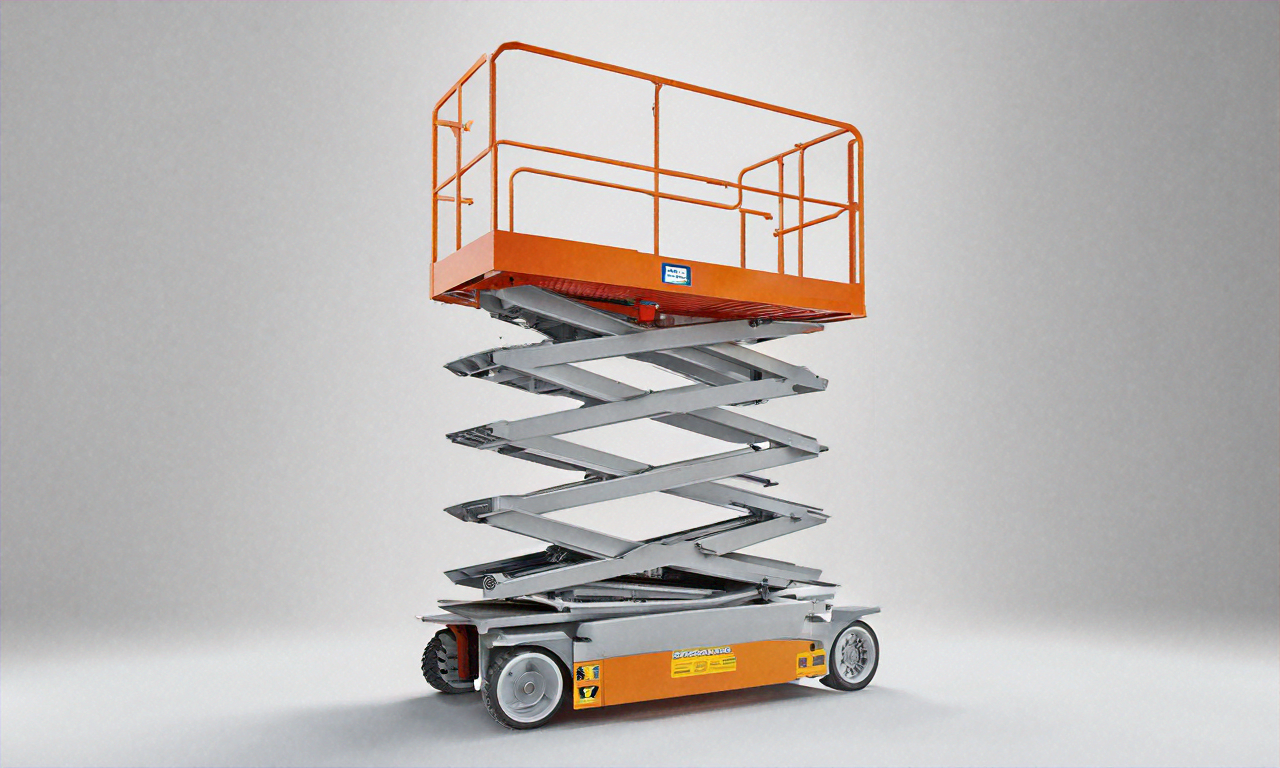Scissor Lift Varieties, Advantages, Specifications, and Safe Use: 2025 US Industry Overview
Scissor lifts offer safer, more efficient vertical access than ladders or scaffolding. This 2025 US guide explains main types, key specifications, operational benefits, and essential safety and maintenance practices to help operators and managers choose and use lifts properly.

Main Types of Scissor Lifts and Their Uses
| Type | Best Use Case | Characteristics |
|---|---|---|
| Electric Scissor Lifts | Indoor work (warehouses, hospitals, retail) | Battery-powered, quiet, zero emissions, require level surfaces |
| Diesel / Dual-Fuel Lifts | Outdoor construction | High load capacity (up to ~1,500 lbs), noisy, higher emissions |
| Rough Terrain Lifts | Uneven outdoor environments | Four-wheel drive, traction control, high gradeability, often with outriggers |
| Hydraulic / Pneumatic Lifts | Specialized environments | Hydraulic units for heavy-duty lifting; pneumatic lifts for cleanrooms and contamination-sensitive areas |
Selecting the correct lift type ensures optimal safety and performance for specific worksite conditions.
Benefits of Using Scissor Lifts
- Stable Work Platforms – Allow multiple users and tools safely at height
- Compact Design – Folded structure provides access to tight or indoor spaces
- Self-Leveling Capabilities – Many models handle slight surface irregularities
- Operational Efficiency – Faster setup and repositioning compared to scaffolding
These advantages contribute to increased productivity and reduced fall risk across a wide range of job applications.
Key Specifications When Choosing a Scissor Lift
| Specification | Relevance |
|---|---|
| Working Height | Choose based on required access (typ. 15–50 ft) |
| Load Capacity | Total combined weight of operators, tools & materials |
| Platform Size | Larger platforms increase workspace but need more maneuvering space |
| Gradeability | Determines safe movement on inclines (important outdoors) |
| Turning Radius | Crucial in confined indoor work areas |
| Power Source | Electric for indoors; diesel/dual-fuel for outdoor heavy-duty applications |
| Indoor/Outdoor Rating | Ensures regulatory compliance and safe operation in applicable environments |
Matching these parameters to job requirements minimizes the likelihood of accidents and equipment failure.
Essential Safety Practices (OSHA/ANSI 2025)
- Pre-Use Inspections – Check tires, controls, structural components, and fluid levels
- Jobsite Hazard Review – Identify ground hazards, overhead obstructions, and weather conditions
- Operator Training – Ensure familiarity with controls, load restrictions, emergency procedures
- Use of Built-In Safety Systems – Guardrails, harness points, tilt alarms, overload indicators
- Restrict Unauthorized Use – Only trained and certified operators should use the lift
Consistent adherence to safety regulations protects personnel and reduces liability.
Maintenance and Training Best Practices
- Routine Maintenance – Inspect batteries, lubricate moving parts, test sensors and brakes
- Continuous Training – Provide refresher courses and updates when new models or technologies are introduced
Regular maintenance and ongoing training extend equipment life and enhance operational safety.
Technological Advancements in 2025
Modern scissor lifts now include:
| Technology | Benefit |
|---|---|
| Tilt/Overload Sensors | Automatically prevent unsafe operation |
| Telematics | Real-time monitoring of machine status and usage |
| Improved Battery Systems | Longer runtimes and faster charging |
| Hybrid Power Options | Lower emissions without sacrificing outdoor performance |
These features support more proactive maintenance and safer operation.
Selecting the Right Lift for the Job
| Situation | Suggested Lift Type |
|---|---|
| Indoor work on smooth floors | Electric scissor lift |
| Heavy-duty outdoor use | Diesel or rough terrain lift |
| High-weight material handling | Hydraulic scissor lift |
| Cleanroom / contamination-sensitive areas | Pneumatic lift |
Proper matching of lift type to task minimizes risk and ensures regulatory compliance.
Pricing and Acquisition Considerations
- Electric scissor lifts – Cost-effective for regular indoor use
- Diesel / rough terrain lifts – Higher purchase price due to durable components and higher capacity
- Lease vs. Purchase – Leasing can reduce upfront costs and simplify maintenance for short-term needs
Prices vary regionally. Requesting quotes from multiple local dealers helps optimize cost-effectiveness.
Environmental and Workplace Impact
- Electric models support cleaner, quieter operations and improve indoor air quality
- Hybrid systems offer reduced emissions for outdoor applications
- Aligning equipment choice with environmental policies contributes to corporate sustainability goals
Preparing for Future Trends
Emerging innovations such as autonomous platform positioning and AI-based hazard avoidance are likely to become available in the coming years. Staying informed helps companies remain compliant and maintain a competitive advantage.
Scissor lifts continue to play a vital role in the US industrial sector by providing safe and efficient vertical access. Understanding the differences in models, specifications, and regulatory requirements allows managers and operators to choose and use these machines responsibly.
Sources
- Workplace Safety Magazine: Safe, Effective Scissor Lift Operation
- Aerial Titans: Types of Scissor Lifts
- Signal Climb: Scissor Lifts: The Complete Guide to Vertical Access Solutions
Disclaimer: Scissor lift prices and availability may vary by location, dealer, and current market dynamics. Readers should verify all details with local providers and consider regional regulatory requirements before purchasing.




